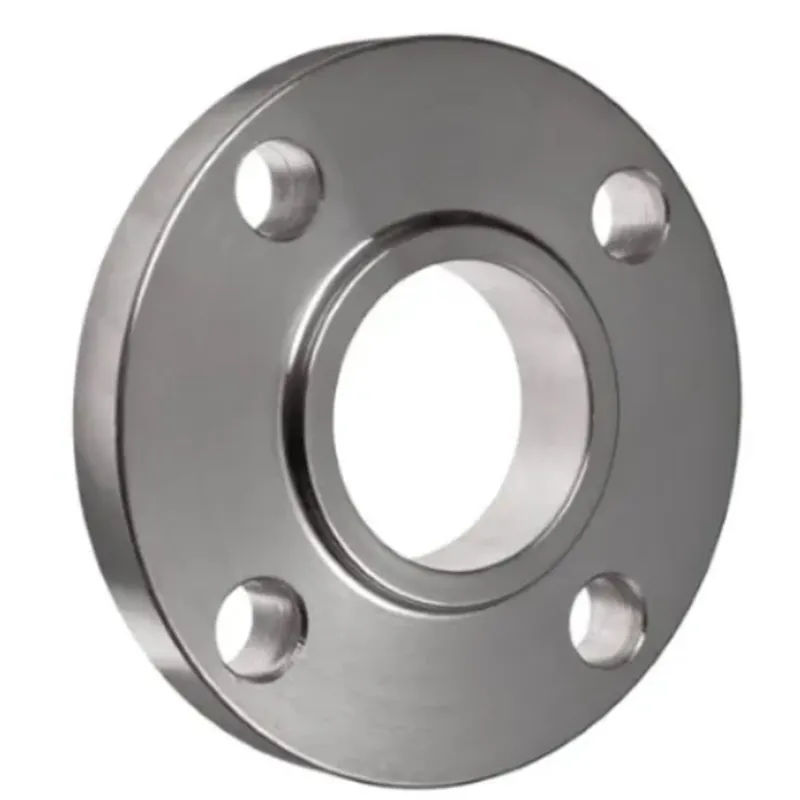-
Cangzhou Yulong Steel Co., Ltd.
-
Phone:
+86 13303177267 -
Email:
admin@ylsteelfittings.com
- English
- Arabic
- Italian
- Spanish
- Portuguese
- German
- kazakh
- Persian
- Greek
- French
- Russian
- Polish
- Thai
- Indonesian
- Vietnamese
- Zulu
- Korean
- Uzbek
- Hindi
- Serbian
- Malay
- Ukrainian
- Gujarati
- Haitian Creole
- hausa
- hawaiian
- Hebrew
- Miao
- Hungarian
- Icelandic
- igbo
- irish
- Japanese
- Javanese
- Kannada
- Khmer
- Rwandese
- Afrikaans
- Albanian
- Amharic
- Armenian
- Azerbaijani
- Basque
- Belarusian
- Bengali
- Bosnian
- Bulgarian
- Catalan
- Cebuano
- China
- China (Taiwan)
- Corsican
- Croatian
- Czech
- Danish
- Esperanto
- Estonian
- Finnish
- Frisian
- Galician
- Georgian
- Kurdish
- Kyrgyz
- Lao
- Latin
- Latvian
- Lithuanian
- Luxembourgish
- Macedonian
- Malgashi
- Malayalam
- Maltese
- Maori
- Marathi
- Mongolian
- Myanmar
- Nepali
- Norwegian
- Norwegian
- Occitan
- Pashto
- Dutch
- Punjabi
- Romanian
- Samoan
- Scottish Gaelic
- Sesotho
- Shona
- Sindhi
- Sinhala
- Slovak
- Slovenian
- Somali
- Sundanese
- Swahili
- Swedish
- Tagalog
- Tajik
- Tamil
- Tatar
- Telugu
- Turkish
- Turkmen
- Urdu
- Uighur
- Welsh
- Bantu
- Yiddish
- Yoruba

Oct . 21, 2024 05:26 Back to list
Techniques for Joining Pipes Through Welding Methods and Best Practices
Welding Pipe Together Techniques, Importance, and Best Practices
Welding is a fundamental process in various industries, particularly in construction, manufacturing, and maintenance. Among the many applications of welding, one of the most common tasks is welding pipes together. Whether for plumbing, oil and gas pipelines, or structural applications, the ability to efficiently and effectively weld pipe is crucial. This article delves into the techniques, importance, and best practices of welding pipes together.
The Importance of Pipe Welding
Welding pipes together is essential for creating a unified system to transport fluids or gases. In plumbing systems, well-welded pipes ensure the integrity and safety of water delivery, while in the oil and gas industry, reliable welds are vital for preventing leaks that could lead to environmental disasters or economic loss. Furthermore, the structural integrity of buildings and infrastructure often relies on well-executed pipe welding, making it a skill of significant importance.
Common Welding Techniques
There are several techniques available for welding pipes together, each varying in complexity, cost, and suitability for different materials and applications
. The most common methods include1. SMAW (Shielded Metal Arc Welding) Also known as stick welding, SMAW is a versatile process suitable for welding various materials. It is often used for fieldwork due to its portability. In this method, an electric arc forms between a consumable electrode and the workpiece, producing molten metal that fuses the pipes.
2. GTAW (Gas Tungsten Arc Welding) Often referred to as TIG (Tungsten Inert Gas) welding, GTAW provides high-quality welds with excellent control over the heat input. It is ideal for thin-walled stainless steel and aluminum pipes but requires a high level of skill and is generally slower than other methods.
3. GMAW (Gas Metal Arc Welding) Known as MIG (Metal Inert Gas) welding, GMAW is another popular method for welding pipes. It is faster than SMAW and provides high deposition rates, making it suitable for thicker pipes. The process uses a continuous wire feed and is particularly efficient for welding mild steel.
welding pipe together

4. Submerged Arc Welding (SAW) This method involves the formation of an arc between a continuously fed electrode and the workpiece beneath a layer of granulated flux. SAW is ideal for thick pipe sections and is often used in industrial applications due to its high productivity and deep penetration.
Preparing for Welding
Proper preparation is crucial for effective pipe welding. The first step is to ensure that the pipes are clean and free of contaminants such as oil, rust, or dirt. Any imperfections on the pipe surfaces must be addressed, as they can lead to weak welds. Aligning the pipes accurately is also critical, as misalignment can cause stress points and potential failures.
Welding pieces should be securely clamped or tacked in place to prevent movement during the welding process. For larger projects, using fixtures can help maintain the alignment and improve overall efficiency.
Safety Considerations
Welding presents several safety risks, and it is important to adhere to safety guidelines to protect yourself and others in the workspace. Personal Protective Equipment (PPE) is essential, including helmets with proper shading, gloves, flame-resistant clothing, and appropriate footwear. Furthermore, ensuring adequate ventilation is crucial to avoid inhaling harmful fumes produced during welding.
Fire hazards must also be addressed; flammable materials should be kept away from the welding area, and fire extinguishers should be readily accessible. It is recommended that operators are well-trained and knowledgeable about welding safety practices.
Conclusion
Welding pipes together is a highly skilled practice that plays a vital role in various industries. Understanding the different welding techniques, preparing adequately, and prioritizing safety are essential steps in ensuring successful welds. As technology advances, continuous improvements in welding methodologies will further enhance the efficiency and quality of pipe welding. Whether you are in construction, maintenance, or another field, mastering the art of pipe welding can lead to improved performance, reliability, and safety in your operations.
Latest news
-
ANSI 150P SS304 SO FLANGE
NewsFeb.14,2025
-
ASTM A333GR6 STEEL PIPE
NewsJan.20,2025
-
ANSI B16.5 WELDING NECK FLANGE
NewsJan.15,2026
-
ANSI B16.5 SLIP-ON FLANGE
NewsApr.19,2024
-
SABS 1123 FLANGE
NewsJan.15,2025
-
DIN86044 PLATE FLANGE
NewsApr.19,2024
-
DIN2527 BLIND FLANGE
NewsApr.12,2024
-
JIS B2311 Butt-Welding Fittings LR/SR 45°/90° /180°Seamless/Weld
NewsApr.23,2024











